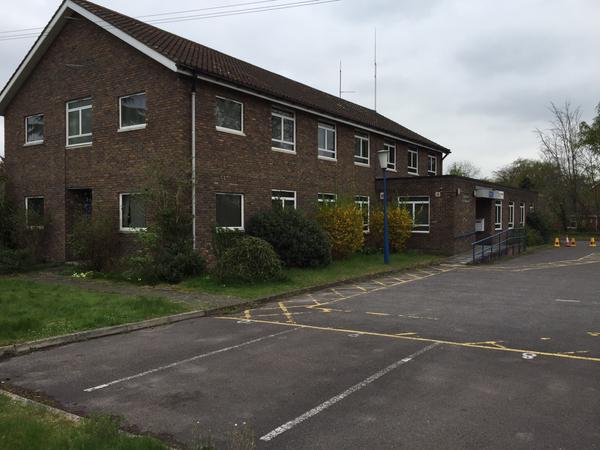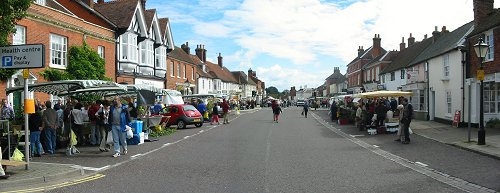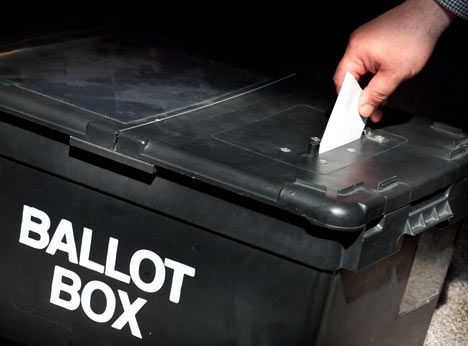As we posted earlier, we have submitted the We ♥ Hart petition with 2,130 responses to Hart District Council and the council have set out the process by which they will consider the petition.
We have drafted some suggestions as to how the council should respond and sent them to Council leader, Stephen Parker. We have a chance to put these ideas to Cabinet on 1 October at 7pm. Please tell us if you are coming along to give us your support and please e-mail your councillors to ask them to support these proposals and incorporate them into the forthcoming consultation about the Local Plan.
The full set of suggestions can be found here.
The suggestions in this post relate to making the most of the brownfield opportunity.
Last November, the council’s estimate of brownfield capacity over the entire plan period was around 750 units (taken from parts 1 and 3 of the SHLAA as per the FOI request we made) out of the then remaining 4,000 units to build (or grant permission for) up to 2032. Since then considerable progress has been made in identifying and in some cases granting permission on additional brownfield sites:
| Location | Number of Dwellings |
|---|---|
| Guillemont Park Phase 1 (not included as brownfield site in SHLAA) | 150 |
| Guillemont Park Phase 2 | 320 |
| Ancells Farm, Fleet | 370 |
| Bartley Wood, Hook | 200 |
| Fleet Road, Fleet | 220 |
| Bramshill House | 350 |
| Fleet Police Station | 50 |
| Extra dwellings at Landata House | 28 |
| Total | 1,688 |
All of the dwellings above were not included as brownfield sites in the SHLAA. Guillemont Park (Sun Park) was in the SHLAA but for a lower number of units, and in Part 2, which was not considered to include brownfield locations. Since last November revised permission has been granted at Landata House for 28 more dwellings than were included in the 5 year land supply calculation.
If the original 750 units were to be added to the 1,688 units identified above, then that amounts to a total of 2,438 potential units on brownfield. If it were possible to increase the density (from 30dph to a still reasonable 80dph in urban areas) on the original 750 units, the total identified capacity would rise to some 3,688 units.
The remaining requirement of 4,000 has of course been reduced by the unfortunate decisions to allow development at Watery Lane (300 units) and Hawley Park Farm (126 units) leaving the remaining allocation at 3,574.
It is clear that with some creativity and energy, the gap between the remaining allocation of 3,574 and the currently identified brownfield capacity can be closed by working on a combination of reducing the overall allocation by reducing the SHMA or applying environmental “policy on” considerations, increasing density and finding more brownfield sites.
In the light of this, we welcome the paper that has been put before Cabinet, signalling the more positive approach that the council proposes towards building housing on previously developed land.
We would ask though, that you consider some further steps from our 5-point plan:
- Creating a new, formal “reasonable suitable alternative” option of meeting the remaining housing allocation solely through brownfield development. This option should appear in the consultation paper.
- Creating a complete database of all of the potential brownfield sites in the district, including those not in the October 2014 SHLAA and those not yet formally promoted to the council, including sites such as Bramshill House, Pyestock, Sun Park, Ancells Farm, Bartley Wood, Fleet High St, Fleet Police Station and all of the run down town centres (e.g. Fleet, Yateley, Blackwater and Hook).
- Inviting leading architects to compete to produce some visionary outline schemes of what a “brownfield solution” might look like for the district, taking into account changing demographics, changing shopping habits driven by the internet and achievable housing densities.
- Organising a conference with the architects, land owners, developers and local community representatives with the objective of identifying the art of the possible for brownfield development amongst the competing solutions from the architects.
- This could be done in conjunction with the neighbouring authorities of Surrey Heath and Rushmoor, particularly given the near 600k sqm (~195 Ha) of forecast vacant employment land and Rushmoor seeking to protect 96 Ha of it.
| Employment Space (sq m) | |
|---|---|
| Overall Requirement to 2032 (a) | 266,368 |
| Current vacant space (b) | 527,840 |
| Sites with planning permission (c) | 338,187 |
| Surplus in 2032 (b+c-a) | 599,659 |







